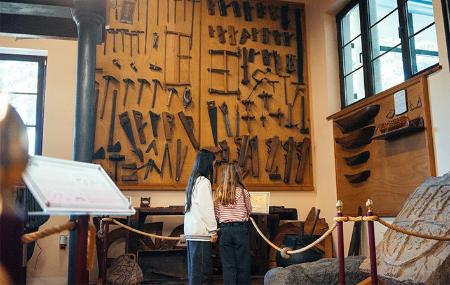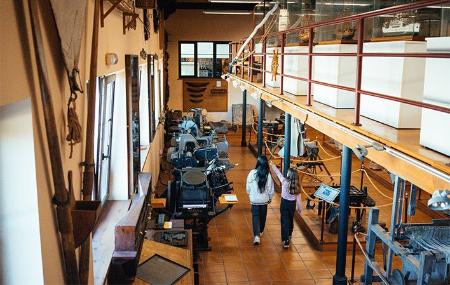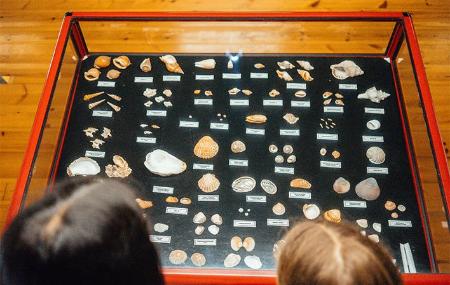
Centro de Recepción Historias del Mar
- Location Navia Occidente de Asturias
- Address Address: Avd. Juan Pérez Villamil, 2 ■ 33790 - Puerto de Vega
- Phone Phone: 985 648 805
- Email Email: museosdevega@gmail.com
- Site: Visit
- Schedules and prices: View
- Documents Documents: Ficha de accesibilidad (PDF, 85 KB)
Images
Info
En el centro de recepción Historias del Mar, se repasa la historia ballenera, pesquera y conservera de esta localidad naviega, Puerto de Vega. En él se integran recursos vinculados a la vida marinera en sus diversas acepciones: técnicas de pesca, transformación de los productos del mar, comercio de cabotaje, caza de ballenas...
El exterior del edificio que lo alberga imita un navío. Este peculiar montaje museístico, cuenta con la reproducción en madera del esqueleto de una ballena en la sala principal. Dividido en cinco espacios temáticos, si lo visitamos podremos conocer la antigua forma de cazar ballenas, los artes de pesca y las prácticas conserveras, que tuvieron gran arraigo en esta comarca.
Schedules and prices
- Todo el año
Martes a viernes: 12:00 a 14:00 y 17:30 a 19:30.
Sábados y domingos: 11:00 a 14:30 y 16:30 a 19:30.
Cerrado: lunes.
Gratuito
How to get here
First Name: Centro de Recepción Historias del Mar
GPS: 43.563325,-6.647072
Address: Avd. Juan Pérez Villamil, 2 ■ 33790 - Puerto de Vega



